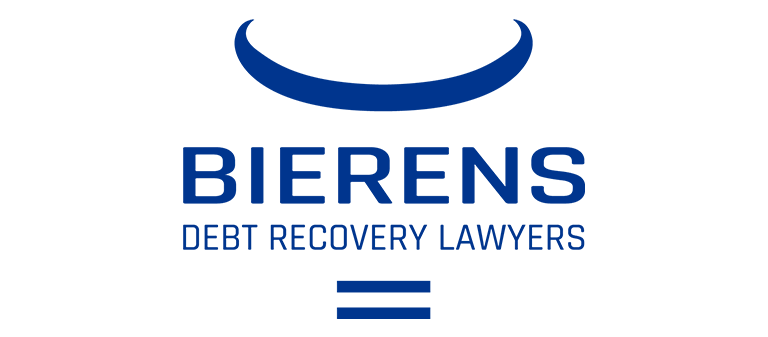Fun & Interactive B2B Referral Program
Project description
The group focused around the ways that a fun and interactive B2B referral program can be created. The main research question, which we answered trough sub-research questions and research was: "How can a debt collecting company like Bierens develop and manage a comprehensive B2B referral program to attract new clients and effectively utilize rewards?"
Context
The project is to develop a unique and interactive B2B (Business to Business) referral program for my client Bierens Debt Recovery Lawyers. The project's aim is to Create a concept that would help Bierens Debt Recovery Lawyers successfully create a referral B2B partner program that can become a new way of generating customers. The idea is the referral program makes use of interactive features that make the users keep referring Bierens to other businesses. The purpose of this project is to serve as a platform for a potential B2B referral system with which the user interacts in a unique way, receives rewards that are tailored to his liking, therefore, making each referral meaningful.
The main objective of this project is to create an engaging and persuasive B2B referral experience that effectively rewards each referral made, is unique and can be interacted with in different ways, making the experience more than just a "one and done".
The secondary objective is to create an easy to integrate B2B referral program into their platform. Each function, element and design choice should be explained in great detail, thus allowing Bierens to implement the solution to the problem in their platform without much hassle. Moreover, the rewards should be feasible by Bierens and made in such a way that they cannot be exploited by the users, while they are still balanced and not just a plain “one and done” mechanic.
Results
Some of the most important results and findings came by answering our main research question, using different sub-research questions and CMD Methods in order to do so. The main research question:
"How can a debt collecting company like Bierens develop and manage a comprehensive B2B referral program to attract new clients and effectively utilize rewards?" was answered with these points:
The referral process should be simple and straightforward.
The stakeholder should apply metrics such as the number of referrals, conversion rates, and the lifetime value of referred customers in order to make the referral program as successful as possible.
In order to attract new clients the client should provide support to his users as well as to build a trustworthy relationship with them.
The referral program should be targeted to a specific audience for better results.
The results of this project are valuable for both: university assessors and stakeholder. For the assessors, I have applied various CMD methods, the group provided a detailed description of the approach and decisions taken during the development of this product, as well as a reference to the final product. For the stakeholder, a solid concept has been created which is backed up by research, as well as a good POC (Proof of Concept) that will allow them to see how it can potenitonally turn out to be in the end, which the stakeholder can use to expand on the idea further or to just develop it.
About the project group
The group consists of people in semester six & seven. Each group member follows the Advanced Media course and are from the ICT & Media Design curriculum. Each member of the team has a different skill set as well as different strong and weak points. This allows for the unique contribution of each team member.
The project took around four months to make starting from the research sprint and concluding with a POC (Proof of Concept) Demo, created in order to help our client with the implementation process. Furthermore, Figma gives the opportunity to collaborate effectively as a team during the design process. When it came to the implementation process, React was the framework of choice, because it offered the possibility to use components and libraries, thus making the development process more time-efficient. Using Vite enabled us to compile our project, making it easier for clients and end-users to access.
We used the Water-Scrum-Fall method and divided the project in five consecutive sprints. During those five sprints, the group created different products that either contributed towards the final design or answered a sub-research question or even, the main research question. Our team had to communicate with multiple parties; our stakeholders and semester coaches.
In order for the communication with both parties to be as seamless and transparent as possible, our team communicated with the stakeholders via the provided email and phone number, later migrating to Teams for project related meetings. The communication between all team members will happen on WhatsApp and the designated MSTeams channel. Our team communicated with the semester coaches using MSTeams or on-site.

